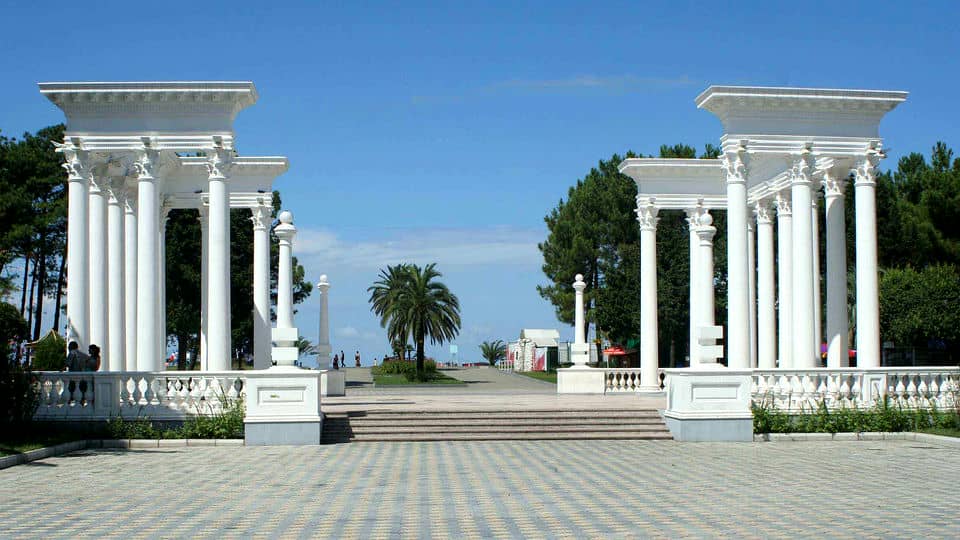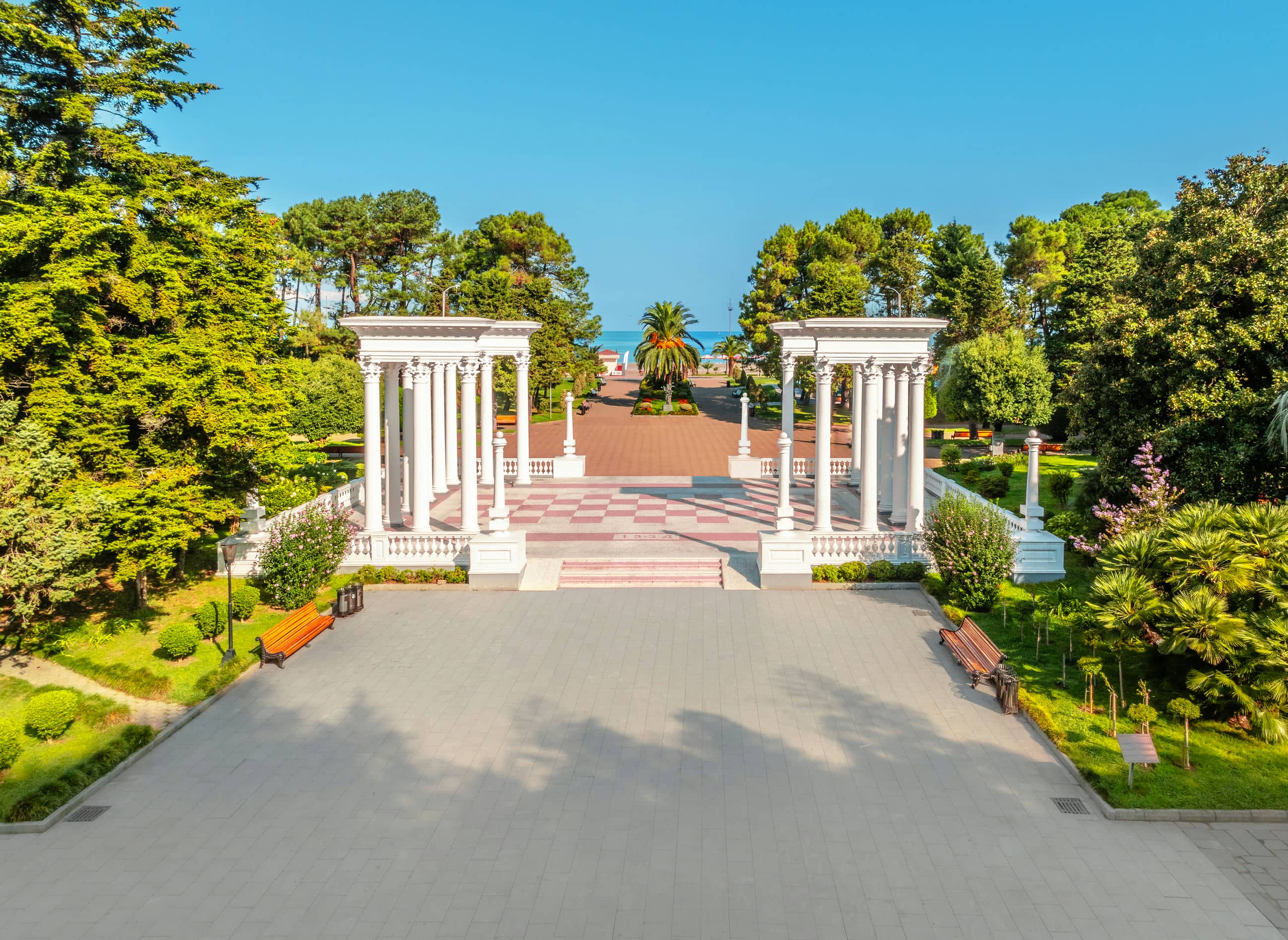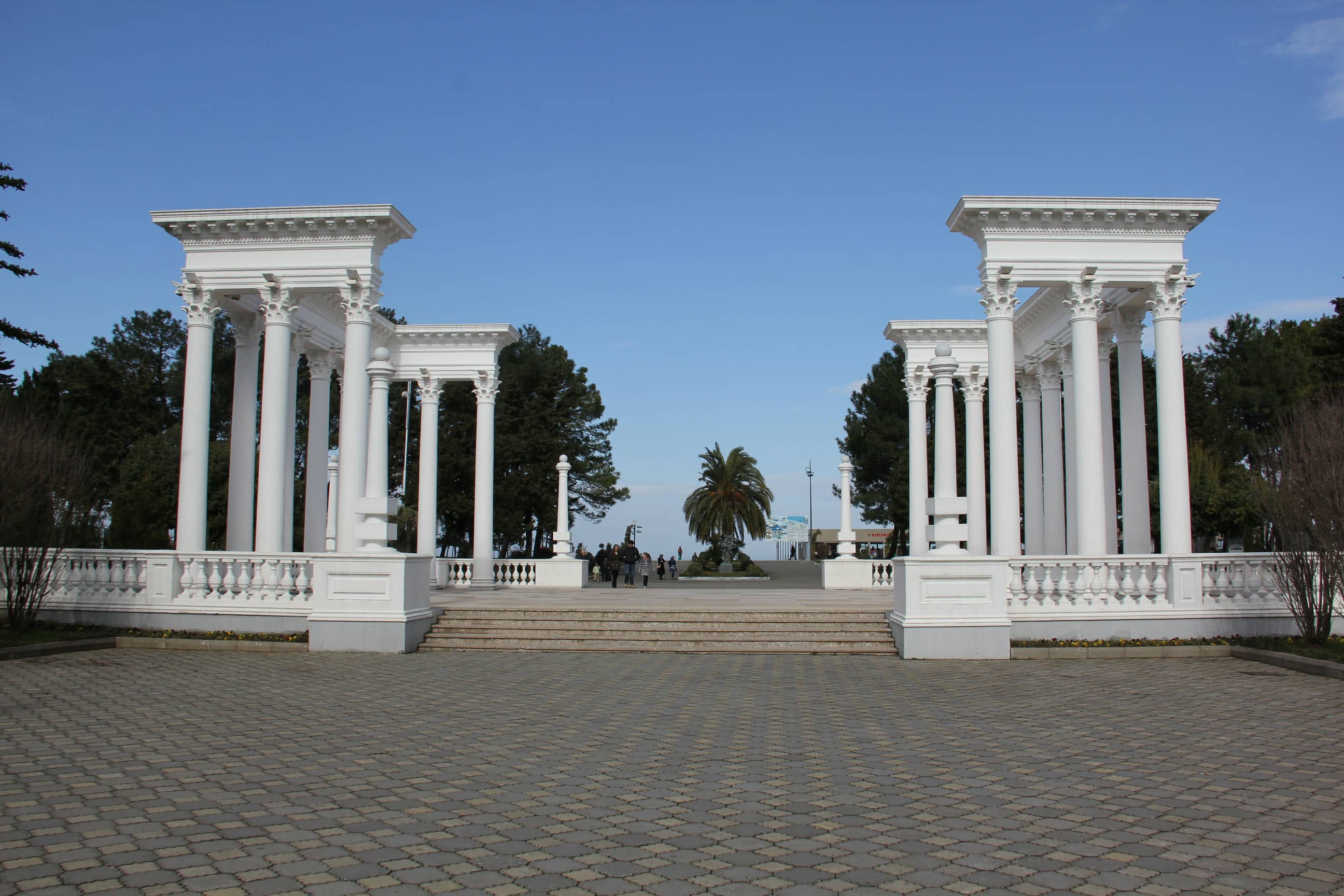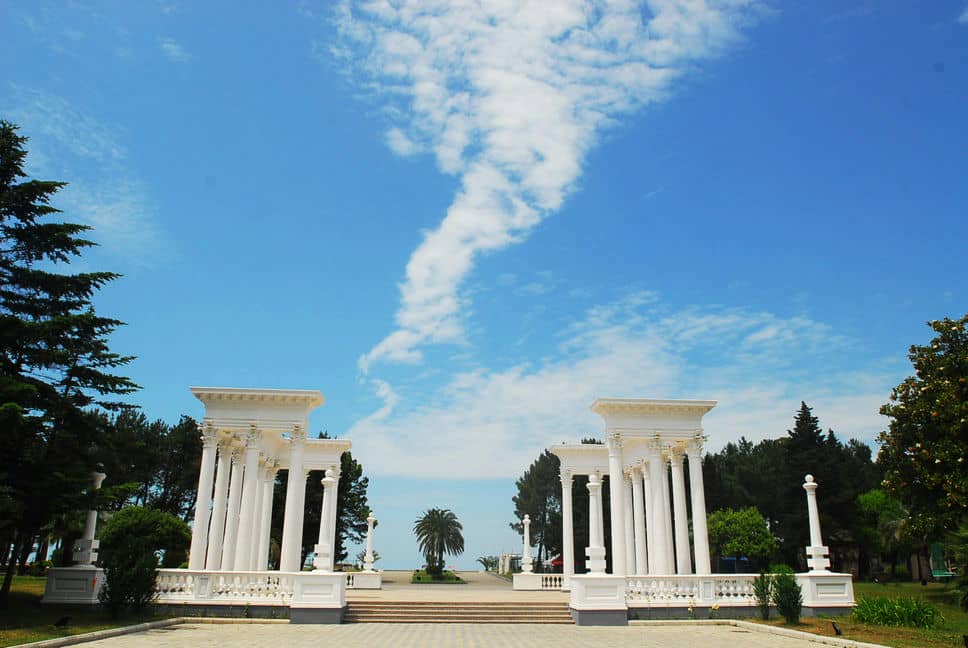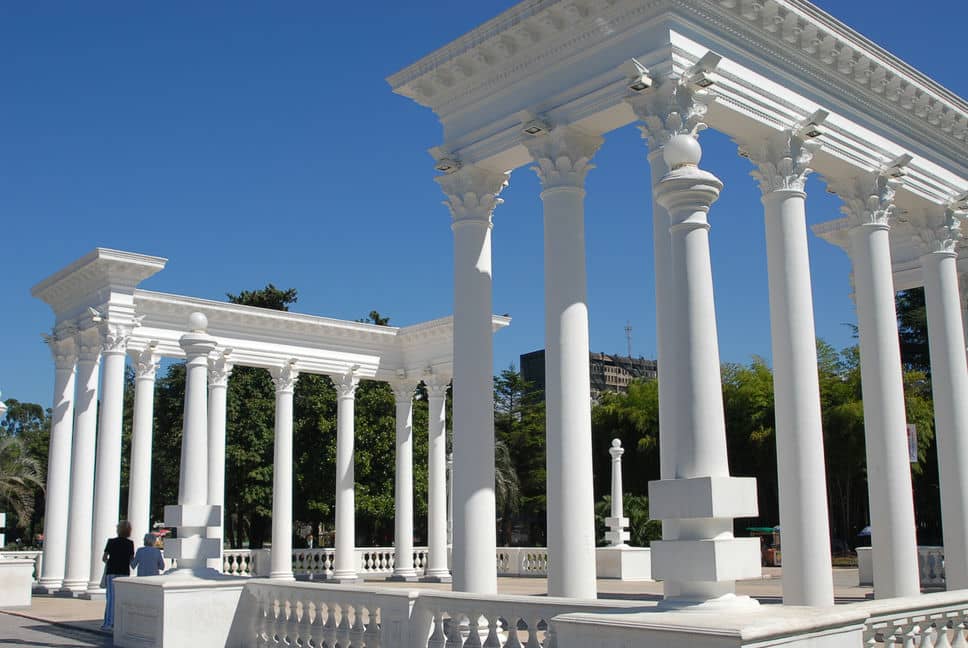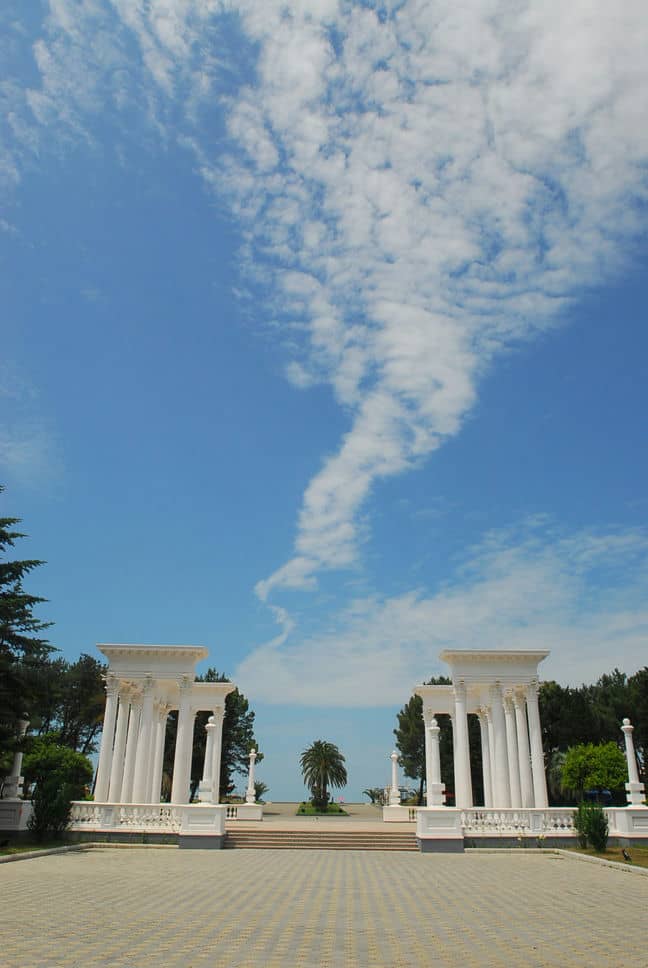One of the most remarkable features on Batumi Boulevard is the Roman-style colonnade that has graced the city for 80 years.
In 1930, the local doctor, Ivane Mchedlidze, brought the project of an ancient-style colonnade from Italy with the help of Maxim Gorky, who was living there at the time. Dr. Mchedlidze visited Gorky while attending a medical conference in Italy.
The city council later approved the project, and construction commenced in 1934.
The construction project was overseen by chief architect Pavle Nadareishvili, with the construction process supervised by renowned architect Bogdan Kirakosyan, who left his mark on the stairs.
A colonnade is a row of columns supporting an entablature. It is constructed as a decorative feature for buildings or as a separate structure. In the 18th and 19th centuries, columns were a common way to adorn gardens and parks.
Batumi Boulevard Colonnade has been a city landmark since 1934 and is considered its symbol. The colonnade initially served as a gateway to the sea, as the seashore began there. However, after a while, the coastline moved backwards. The colonnade at Batumi Seaside Park is a unique and popular location.
Locals and tourists often take photos next to the Colonnades to capture memories. This venue hosts numerous cultural events, exhibitions, and wedding ceremonies.
The Batumi Colonnade was originally built as the grand entrance to Batumi Boulevard and remains one of the city's most beloved and popular landmarks.
Contact info:
Share
Similar places
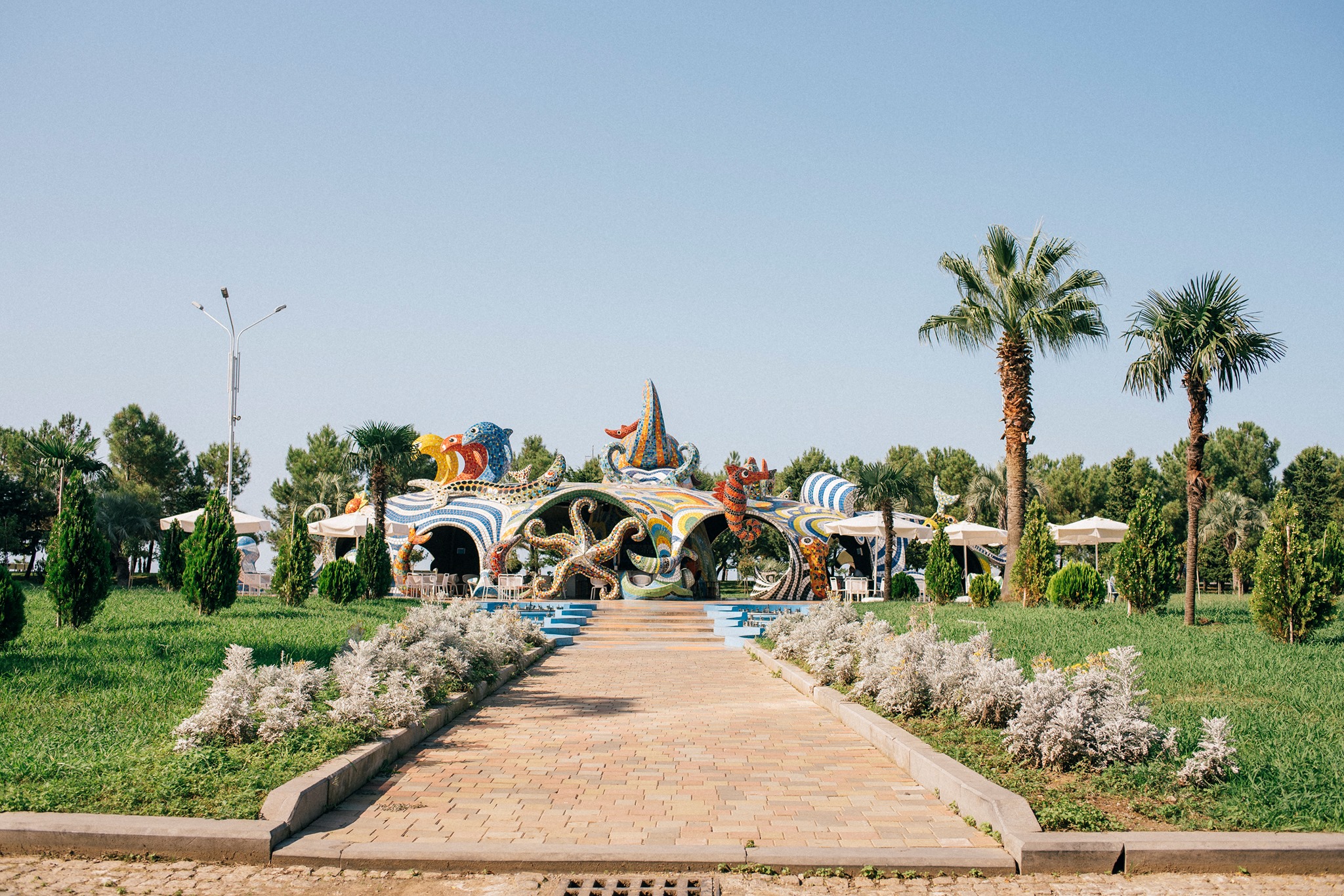
Batumi Octopus
Historical monument Batumi
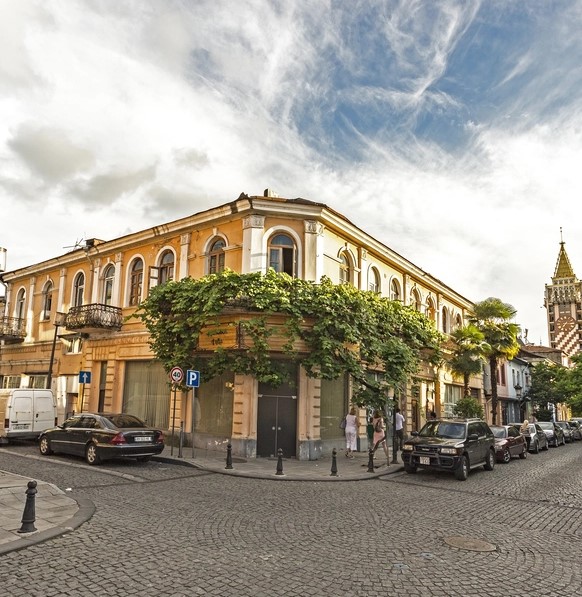
Old Batumi
Historical monument Batumi
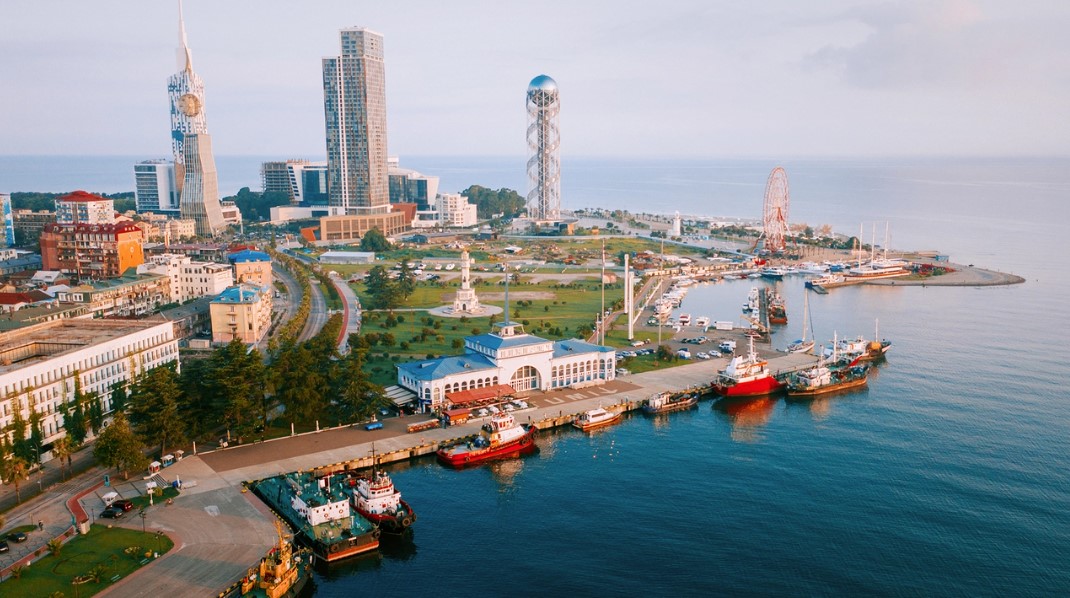
Port of Batumi
Historical monument Batumi
